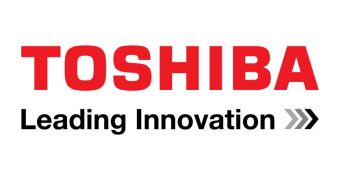This may not be a MWC 2013 announcement, but Toshiba's newest product could serve tablets and smartphones just fine. In fact, it might become a very widespread piece of hardware if the company plays its card right. Toshiba's announcement wasn't made at the Mobile World Congress, 2013 Edition, but at the headquarters in Tokyo, Japan.
That doesn't mean it would not have fit in perfectly with all the things on display in Barcelona, Spain. MicroSDHC memory cards usually crop up on the mobile market quite a bit.
Indeed, Toshiba has introduced some micro Secure Digital High Capacity memory cards.
All of them are compatible with the Ultra High Speed Bus I and the UHS Speed Class 1, to the point where they can play HD video content just fine.
SeeQVault is just as important though. Developed by Toshiba Corporation, Panasonic Corporation, Samsung Electronics Co., Ltd. and Sony Corporation, it is a technology that protects content from unauthorized use.
It applies bidirectional authentication with a unique identifier and public key infrastructure. Thus, customers can store and distribute HD films, or whatever else, without worry.
SeeQVault is licensed through NSM Initiatives LLC (NSM is an abbreviation of Next Generation Secure Memory Initiative).
That all may imply a somewhat restricted usability, but Toshiba assures us that is not the case. SeeQVault can supposedly access the latest digital content across multiple platforms (phone, tablet, TV).
It will be a while before SeeQVault flash cards become a common sight, since NSM Initiatives LLC only started licensing it to memory card and mobile device makers yesterday (February 25, 2013). Toshiba for instance, will only start sampling the cards next month, with mass availability expected for late 2013.
The maximum transfer speeds of the 16 GB and 32 GB cards will be of 20 MB/s when writing and 40 MB/s when reading.

 14 DAY TRIAL //
14 DAY TRIAL //